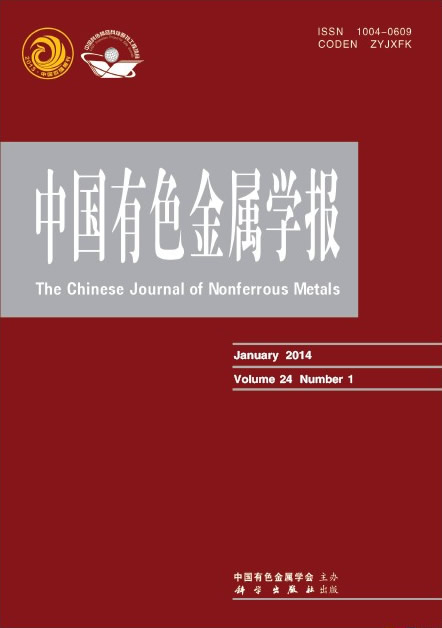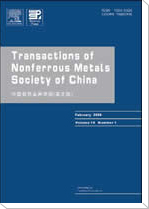(中南大学 粉末冶金国家重点实验室,长沙 410083)
摘 要: 尝试采用含量较高的粘结剂利用流动温压成形结合熔渗制备W70Cu杯状异形件。通过改变钨骨架中Cu粉类型(包括雾化Cu粉,电解Cu粉和超细Cu粉)、粘结剂添加量和成形温度,考察不同工艺参数对杯状试样的密度分布影响,以获得流动温压成形异形钨骨架的最佳工艺。结果表明:添加体积分数35%的粘结剂时提高压制温度会明显改善钨骨架孔隙度分布的均匀性;同时,由于不同Cu粉具有不同的表面形貌及粒度,对于钨骨架的孔隙度分布均匀性也有较大的影响。压制温度55 ℃时添加表面光滑形状规则的超细Cu粉和35%(体积分数)粘结剂的混合粉末成形的钨骨架的孔隙分布最均匀, 该骨架在1 200 ℃熔渗30 min后,密度分布均匀,整体密度达到14.2 g/cm3(相对密度为99.0%)。
关键字: W70Cu;流动温压成形;形状复杂零件;熔渗
(State Key Laboratory of Powder Metallurgy, Central South University, Changsha 410083, China)
Abstract: W70Cu materials with a complex “cup” shape manufactured by a novel process (warm flow compaction+ sintering filtration) were studied systematically. The effects of the type of copper powder (atomization copper powder, electrolytic copper powder and ultra-fine grained copper powder), content of binder, and pressing temperature on porosity distribution were investigated. The results show that the complex W-skeleton with a homogeneous porosity distribution can be obtained with 35% binder addition and fairly high temperature for compaction. Meanwhile, different types of copper powders with different particle sizes and surface morphologies greatly affect the porosity distribution of the complex W-skeleton. The W-skeleton with a homogeneous porosity distribution can be obtained at 55 ℃, as the ultra-fine copper powder with slick and regular surface is used as a copper source and 35% binder is dispersed in the powder composite. As a result, a homogeneous density distribution and a general density of 14.2 g/cm3 (relative density 99.0%) can be achieved by infiltrating at 1 200 ℃ for 30 min.
Key words: W70Cu; warm flow compaction; complex shape part; infiltration


